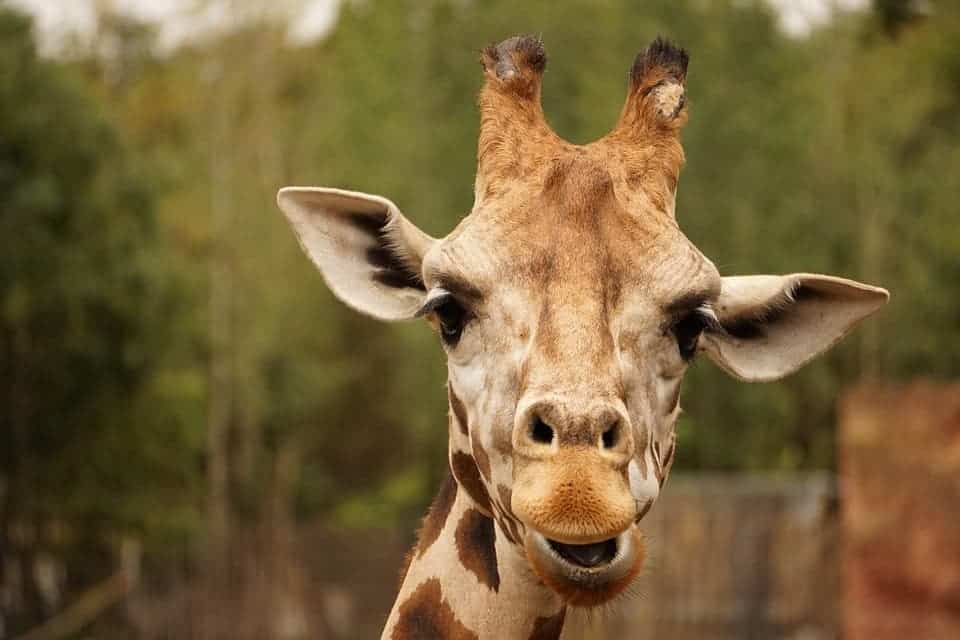A new report published by the IUCN shows that the emblematic giraffe is facing a threatening decline. The same study reveals that numerous other species of animals are nearing extinction before we even get a chance to study them.
Giraffe decline
Giraffes (Giraffa camelopardalis), one of the world’s most recognizable animals and the tallest land mammal, is now officially threatened with extinction. The species underwent a dramatic 40% decline since 1985. The main reason, as it so often happens, is humans.
“The growing human population is having a negative impact on many giraffe subpopulations,” the statement said.
Giraffes, widespread in several areas of Africa, are pushed back by human development, and their habitats are threatened by agriculture, mining, civil unrest and illegal hunting.
The IUCN has passed a resolution calling for increased protection of giraffes and okapis. They say that while many people know and love giraffes, they aren’t familiar with the struggles the species faces.
“Whilst giraffe are commonly seen on safari, in the media and in zoos, people—including conservationists—are unaware that these majestic animals are undergoing a silent extinction,” Julian Fenessy of the Giraffe Conservation Foundation said in a statement.
We’re killing them before we even know them
The same report indicates another major issue: we’re wiping out populations of animals before we even know they exist. The IUCN statement describes 700 newly recognized bird species, 11% of which are already threatened with extinction.
“Many species are slipping away before we can even describe them,” says IUCN Director General Inger Andersen. “This IUCN Red List update shows that the scale of the global extinction crisis may be even greater than we thought. Governments gathered at the UN biodiversity summit in Cancun have the immense responsibility to step up their efforts to protect our planet’s biodiversity — not just for its own sake but for human imperatives such as food security and sustainable development.”
Usually, we’d be happy when new animal species are described but this time, it comes with a dire warning: no one is safe from human activity, not one corner of the Earth has remained untouched by humanity. We are threatening animals we haven’t even properly discovered – and some of them, we’re killing off entirely. Thirteen of the newly recognized bird species enter the IUCN Red List as Extinct – and one can only guess how many other species went extinct without us ever knowing.
“Unfortunately, recognizing more than 700 ‘new’ species does not mean that the world’s birds are faring better,” says Dr Ian Burfield, BirdLife’s Global Science Coordinator. “As our knowledge deepens, so our concerns are confirmed: unsustainable agriculture, logging, invasive species and other threats — such as the illegal trade highlighted here — are still driving many species towards extinction.”










